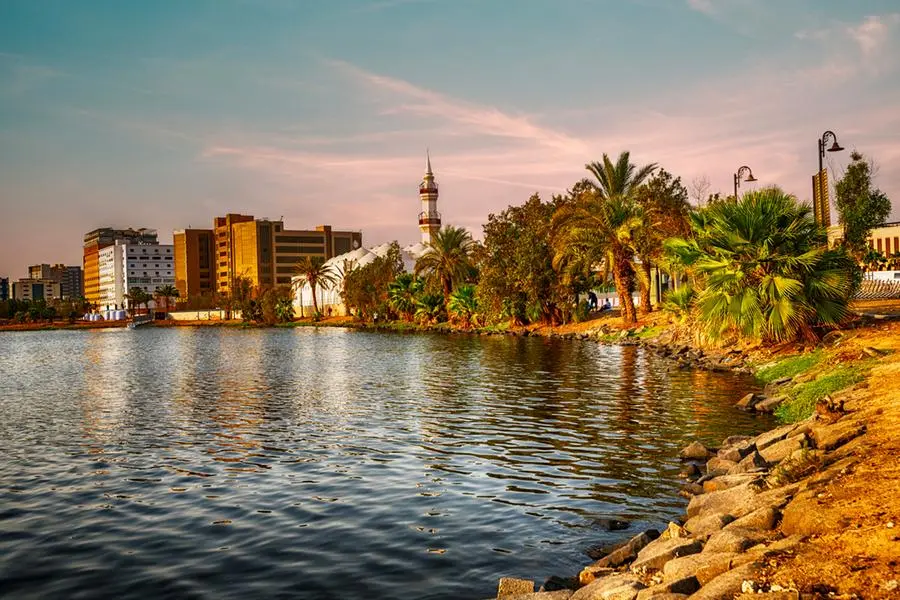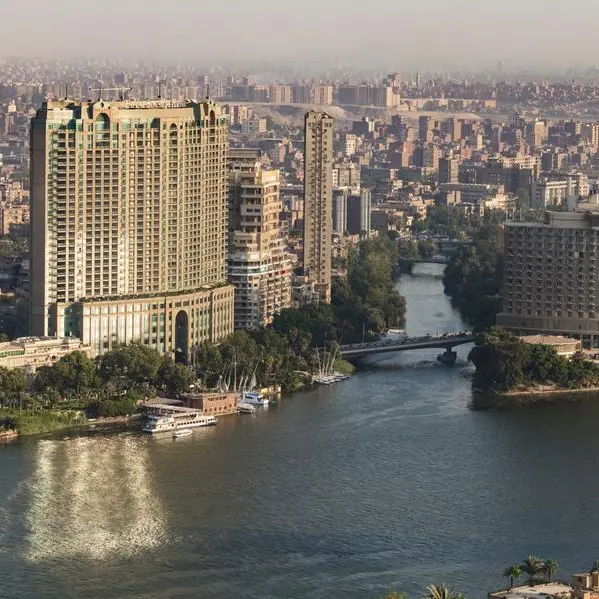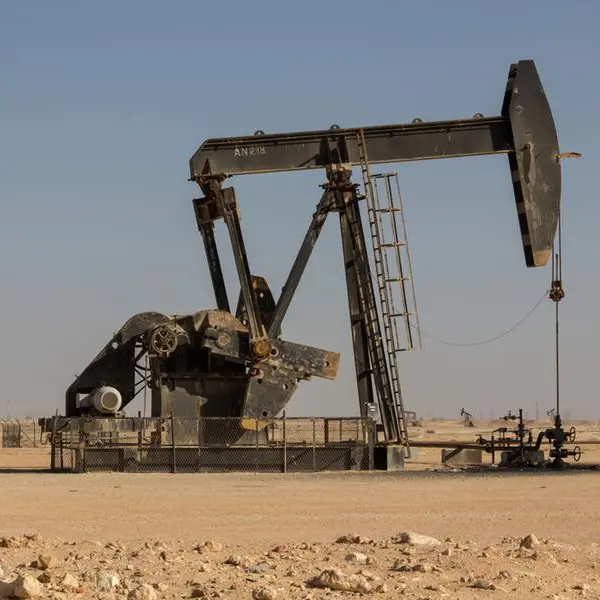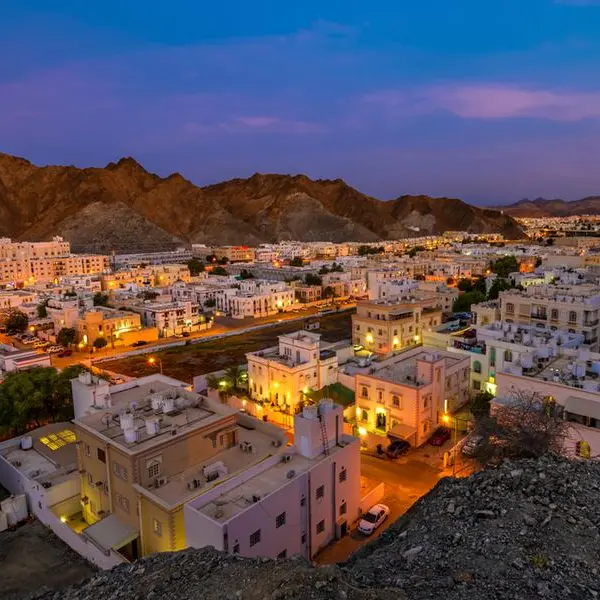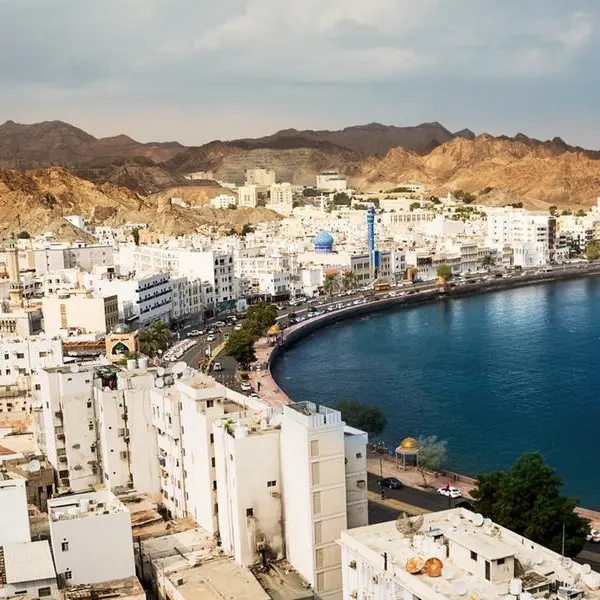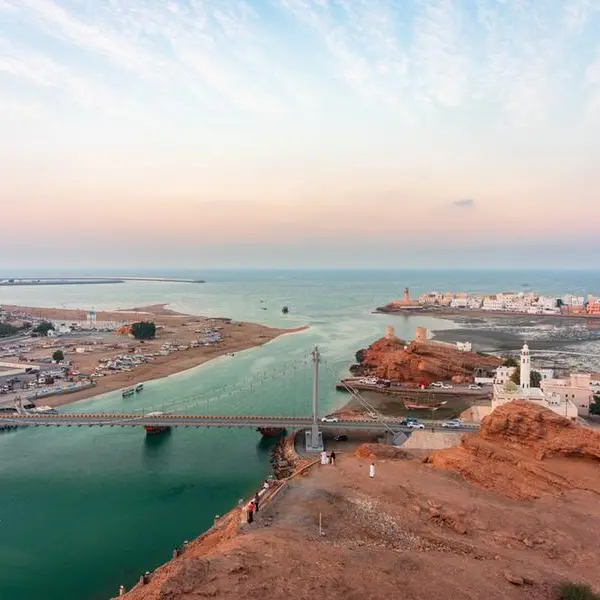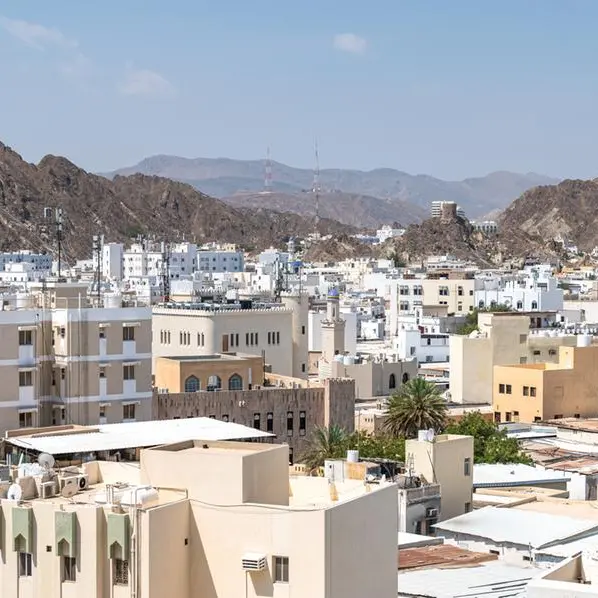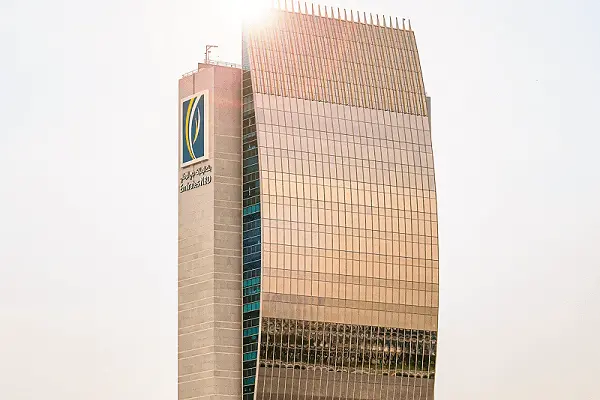PHOTO
Picture taken at a corniche in the old town of Jeddah in Saudi Arabia. Beautiful plants and a nice reflection in water at sunset. Image used for illustrative purpose Getty Images
SALALAH: The Ministry of Agriculture, Fisheries and Water Resources has announced the findings of its updated study on the mathematical model of groundwater storage for Al Najd region of Dhofar Governorate. Conducted from July 2023 to July 2024, this project forms part of the Ministry's ongoing efforts to develop, evaluate, and monitor the available water resources.
The study highlights a significant supply of groundwater suitable for agricultural use in Al Najd region, while emphasizing the importance of preserving this resource through the distribution of extraction rates and proposed development projects across various locations to avoid over-concentration in specific areas, such as Al Shisr, which has seen substantial agricultural expansion over the past decade. Strategic planning for future agricultural activities is therefore essential to preserve water resources.
The study highlights the need to curb illegal wells in order to effectively regulate and monitor water extraction rates. It recommends expanding the groundwater monitoring network across the Al Najd region, implementing a regular monitoring program for large-scale farms and unregulated well fields, and continuously updating the database.
The project complements the study initiated in 2014, aligning with ongoing efforts to assess water resources in Al Najd Basin. These efforts aim to accurately determine the available water resources in the region and explore their sustainable utilization through a mathematical model that estimates groundwater reserves, ensuring their long-term sustainability.
Eng Ali bin Bakhit Bait Saeed, Director of the Water Resources Department in Dhofar Governorate, shared with the Oman News Agency that the study covered an extensive area of approximately 89,000 square kilometers in Najd. He further noted that the Ministry has carried out exploratory drilling projects in Al Najd in 2003, 2007, and 2012, aimed at monitoring and assessing the water conditions in Al Najd Basin.
He explained that the Al Najd region is distinguished by its rocky desert landscape, with major wadis flowing through it and sand dunes covering approximately 10 percent of its northern expanse. The study offered valuable insights into the hydraulic and hydrogeological properties of the region’s groundwater resources. It also assessed the volume of groundwater that can be sustainably extracted, considering the effects of both current and future agricultural development.
He also emphasized the project’s critical role in collecting, analyzing, and studying water data for Al Najd region. This includes determining the annual recharge rates for the groundwater reserves, evaluating current and future extraction rates, developing a mathematical model for managing the region's groundwater resources and stimulating the region's four primary aquifers (A, B, C, and D).
The modeling process was based on a thorough analysis and documentation of the available data in the Al Najd region, utilizing the internationally recognized (MODFLOW) system. This mathematical model is adaptable to different hydrological conditions.
The Umm er Radhuma aquifer is a significant part of a vast, non-renewable groundwater system that extends across the Arabian Peninsula. This fossil water, stored within limestone formations, was accumulated during a period of increased rainfall approximately 30,000 years ago.
Al Najd Basin contains four distinct groundwater aquifers, holding substantial reserves of non-renewable water. These reserves are primarily suitable for agricultural use, as their quality does not meet Omani standards for drinking water or human consumption.
Based on data collected, the mathematical model was developed for the period from 2014–2023 to simulate the conditions of the four primary aquifers, particularly aquifers C and D, which are the most widespread in Al Najd region. This model will support the sustainable management, assessment, and ongoing monitoring of groundwater resources in the region.
Given the steady increase in water usage since 1995, rising from approximately 19 million cubic meters in that year to around 81 million cubic meters by 2013, and reaching nearly 139 million cubic meters in 2021, there is an urgent need for scientific monitoring and evaluation to optimize the use of available water resources and ensure their sustainability.
The projected water requirements for key current and future development projects in Al Najd region are estimated at 275 million cubic meters. This includes 139 million cubic meters allocated to existing agricultural projects, which currently cover 54,000 acres, with plans to expand by an additional 27,000 acres. These projects are concentrated in several key areas, including Thumrait, Hanfeit, Dawkah, Qatbeet, Al Shisr, Saih al-Khairat, Al Mazyouna, Al Hashman, and Meitan.
To strengthen these efforts, the Ministry of Agricultural, Fisheries and Water Resources is actively educating farmers on the advantages of implementing smart irrigation systems and selecting optimal irrigation times. These methods are promoted as vital for reducing water consumption, maximizing crop yields, and elevating product quality. The Ministry further emphasizes the critical importance of adhering to regulations, which include obtaining required permits, following established technical standards for well drilling, maintenance, cleaning, and deepening, and observing daily water-use limits. These measures are essential to conserving groundwater resources and protecting them from over-extraction and contamination.
2022 © All right reserved for Oman Establishment for Press, Publication and Advertising (OEPPA) Provided by SyndiGate Media Inc. (Syndigate.info).
